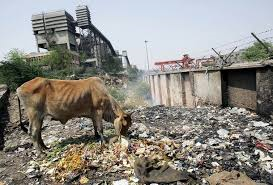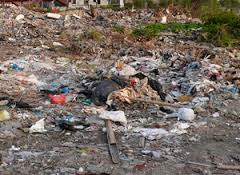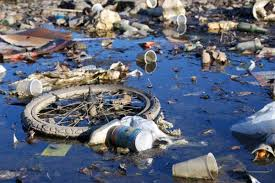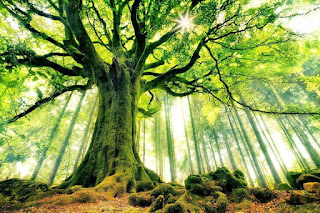 Global warming is the term used to describe a gradual increase in the average temperature of the Earth's atmosphere and its oceans, a change that is believed to be permanently changing the Earth's climate.
Global warming is the term used to describe a gradual increase in the average temperature of the Earth's atmosphere and its oceans, a change that is believed to be permanently changing the Earth's climate.
What causes global warming?
Carbon dioxide and other air pollution that is collecting in the atmosphere like a thickening blanket, trapping the sun's heat and causing the planet to warm up.
The effects of Global warming are the environmental and social changes caused (directly or indirectly) by human emissions of greenhouse gases.
- There is a scientific consensus that climate change is occurring, and that human activities are the primary driver.
- Many impacts of climate change have already been observed, including glacier retreat, changes in the timing of seasonal events (e.g., earlier flowering of plants), and changes in agricultural productivity.
Is the earth really getting hotter?
Yes.
- Although local temperatures fluctuate naturally, over the past 50 years the average global temperature has increased at the fastest rate in recorded history.
- And experts think the trend is accelerating: the 10 hottest years on record have all occurred since 1990.
- Scientists say that unless we curb global warming emissions, average U.S. temperatures could be 3 to 9 degrees higher by the end of the century.
- http://www.nrdc.org/globalwarming/f101.asp#1
What is greenhouse gas?
- (sometimes abbreviated GHG) is a gas in an atmosphere that absorbs and emits radiation within the thermal infrared range. This process is the fundamental cause of the greenhouse effect.
- The primary greenhouse gases in Earth's atmosphere are water vapour, carbon dioxide, methane, nitrous oxide, and ozone.
- Without greenhouse gases, the average temperature of Earth's surface would be about 15 °C (27 °F) colder than the present average of 14 °C (57 °F).[

























